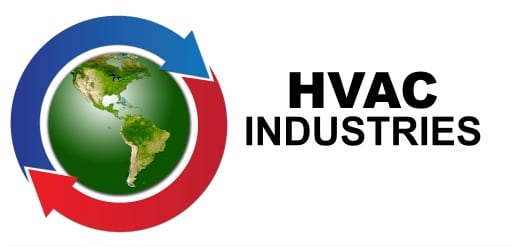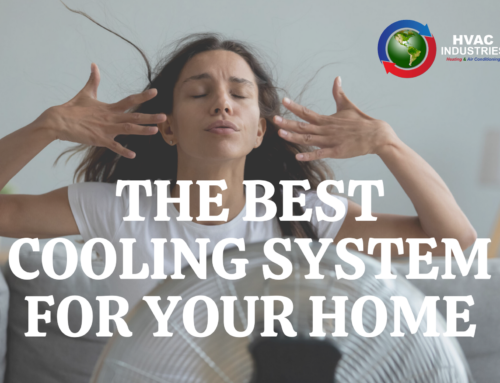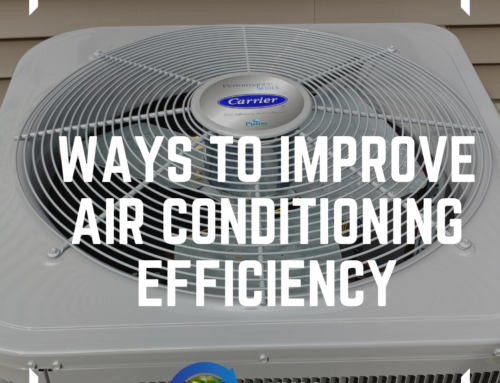 If you’ve spent the summer sneezing and wheezing inside your home, it may be time to invest in an air purifier. These devices reduce dust, pollen and other allergens inside the home and some also help eliminate odors.
If you’ve spent the summer sneezing and wheezing inside your home, it may be time to invest in an air purifier. These devices reduce dust, pollen and other allergens inside the home and some also help eliminate odors.
The tricky part is figuring out what to buy. Air purifiers come in many different sizes and forms using different technologies. You can spend a few dollars to several hundred dollars for devices that may or may not solve your problem.
If your home has a furnace, you may already have an indoor air purifier in place. That would be the furnace filter. Some are designed to filter out dust, mold, allergens, pet dander and other pollutants from circulating around your home (some just help keep the furnace clean and operating properly). If it’s not cleaning your air it may be because you aren’t changing the filter often enough or you need to purchase higher quality filters. Furnace filters should be changed at least quarterly and more frequently if someone in your household suffers from allergies or a respiratory ailment.
Most furnace filters have a MERV rating (Minimum Efficiency Reporting Value). The higher the rating the more contaminants will be filtered out. The American Lung Association recommends using furnace filters with a MERV rating of at least 10.
If you’ve done all that and still suffer from allergies or asthma, then it’s time to consider additional air purification devices.
There are three basic kinds to choose from:
- Mechanical filters remove particles from the air just like a furnace filter, but some may be more effective. At the high end, HEPA (High Efficiency Particular Air) filters have MERV ratings all the way up to 20. They are not reusable.
- Electronic air cleaners use an electrical field to trap particles. They are typically made of woven polyurethane and polypropylene fibers with aluminum grates for rigidity, and come in a variety of shapes and sizes to fit over HVAC system vents and returns. When air passes through the fibers it generates electrostatic charges that act like a magnet in attracting airborne particles. Electrostatic filters can be cleaned and reused.
- Ionic air cleaners operate by releasing negatively charged ions into the air, which stick to positive charges inherent in pollutant particles. This causes the particles to stick to each other and settle out of the air onto objects in the room.
Another big consideration is whether you want a whole-house air purifier or one or more portable units that can be set up wherever you wish in the home.
Give us a call to discuss all of your options and we will help you select what best suits your needs and your budget.
Source: www.serviceroundtable.com






